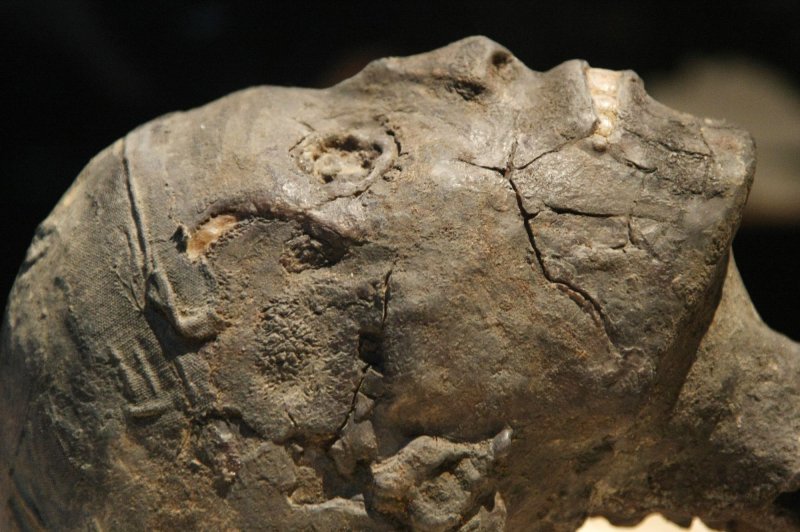CAIRO, Nov. 7 (UPI) -- Infrared thermography indicates a hidden chamber in the tomb of King Tutankhamen, findings consistent with early theories his tomb included two concealed doorways, the Egyptian Ministry of Antiquities said.
Cairo University's Faculty of Engineering and the Paris-based Heritage, Innovation and Preservation Institute used thermal imaging equipment to find a "presence of an area different in its temperature than the other parts of the northern wall" of Tut's tomb. One possible explanation is a sealed room or open area behind the wall.















